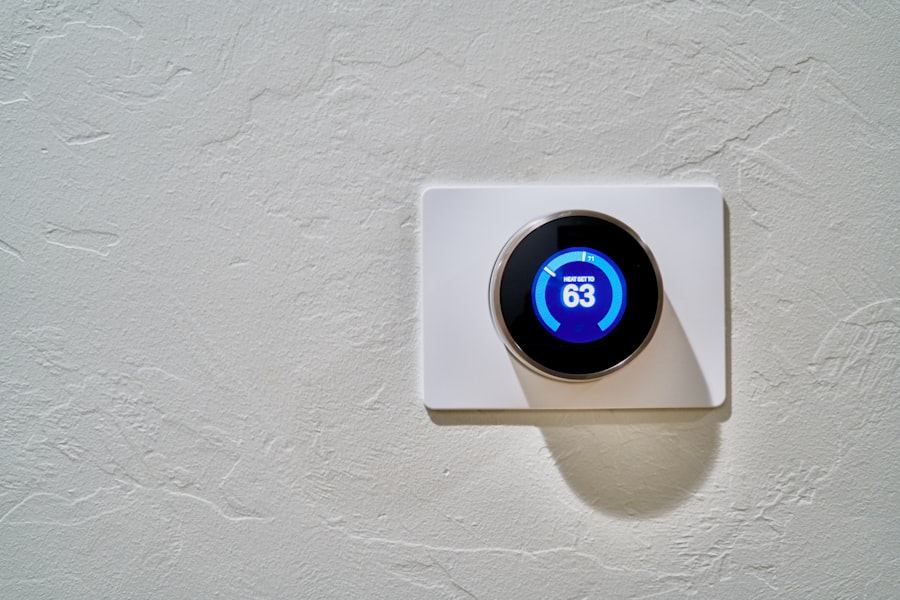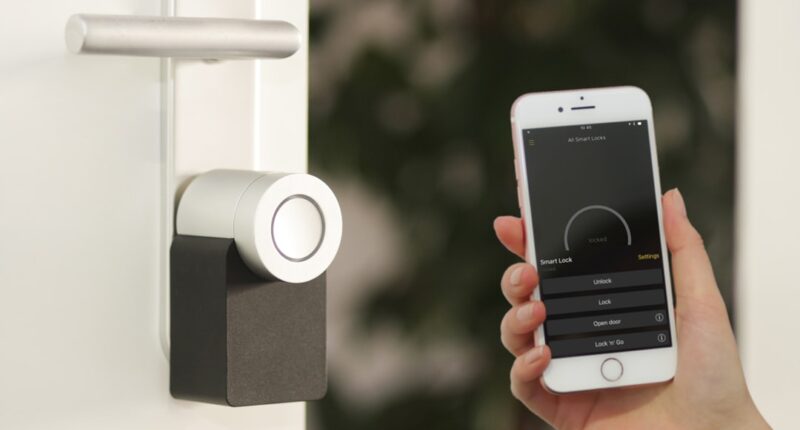Ethereum is a decentralized, open-source blockchain platform that enables developers to build and deploy smart contracts and decentralized applications (dApps). Unlike Bitcoin, which primarily serves as a digital currency, Ethereum’s primary function is to facilitate programmable transactions through its unique scripting language, Solidity. This capability allows for the creation of complex applications that can automate processes and enforce agreements without the need for intermediaries.
The Ethereum network operates on a consensus mechanism known as Proof of Work (PoW), although it is transitioning to Proof of Stake (PoS) with the Ethereum 2.0 upgrade, which aims to enhance scalability and energy efficiency. On the other hand, the Internet of Things (IoT) refers to the interconnected network of physical devices embedded with sensors, software, and other technologies that enable them to collect and exchange data over the internet. IoT encompasses a wide range of applications, from smart home devices like thermostats and security cameras to industrial sensors used in manufacturing and supply chain management.
The proliferation of IoT devices has led to an exponential increase in data generation, necessitating robust frameworks for data management, security, and interoperability. As these devices become more prevalent, the need for secure and efficient communication protocols becomes paramount.
Key Takeaways
- Ethereum is a decentralized platform that enables smart contracts and dApps, while IoT refers to the network of physical devices connected to the internet.
- Integrating Ethereum with IoT solutions can streamline processes, improve transparency, and enable automated transactions.
- Challenges of integrating Ethereum with IoT include scalability, interoperability, and security risks such as potential vulnerabilities and data privacy concerns.
- Use cases of Ethereum and IoT integration include supply chain management, energy trading, and asset tracking, among others.
- Security and privacy considerations in Ethereum and IoT integration involve data encryption, secure authentication, and regulatory compliance.
The Benefits of Integrating Ethereum with IoT Solutions
Integrating Ethereum with IoT solutions offers numerous advantages that can significantly enhance the functionality and security of IoT ecosystems. One of the most compelling benefits is the ability to leverage blockchain’s inherent characteristics, such as decentralization, transparency, and immutability. By utilizing Ethereum’s blockchain, IoT devices can communicate and transact with one another in a trustless environment, eliminating the need for centralized authorities or intermediaries.
This decentralization not only reduces costs but also mitigates single points of failure, making IoT networks more resilient against attacks. Moreover, the integration of Ethereum can enhance data integrity and provenance in IoT applications. Each transaction or data point generated by an IoT device can be recorded on the Ethereum blockchain, creating an immutable ledger that tracks the history of interactions.
This feature is particularly valuable in industries such as supply chain management, where stakeholders require verifiable records of product origins and movements. For instance, a food supply chain could utilize Ethereum to ensure that every step—from farm to table—is documented on the blockchain, providing consumers with confidence in the safety and quality of their food.
Challenges and Risks of Integrating Ethereum with IoT

Despite the promising benefits of integrating Ethereum with IoT solutions, several challenges and risks must be addressed to ensure successful implementation. One significant challenge is scalability. The current Ethereum network faces limitations in transaction throughput, which can hinder its ability to process the vast amounts of data generated by numerous IoT devices simultaneously.
As the number of connected devices continues to grow, the demand for high-speed transactions will increase, necessitating improvements in Ethereum’s scalability solutions. Another critical concern is security. While blockchain technology is often touted for its security features, IoT devices themselves can be vulnerable to various cyber threats.
Many IoT devices have limited processing power and memory, making them susceptible to attacks such as Distributed Denial of Service (DDoS) or unauthorized access. If an attacker gains control over an IoT device, they could manipulate data or disrupt operations within the entire network. Therefore, ensuring that both the blockchain infrastructure and the IoT devices are secure is essential for maintaining trust in integrated systems.
Use Cases of Ethereum and IoT Integration
The integration of Ethereum with IoT has given rise to innovative use cases across various industries. In smart cities, for example, Ethereum can facilitate real-time data sharing among connected devices such as traffic lights, public transportation systems, and environmental sensors. By utilizing smart contracts on the Ethereum blockchain, city planners can automate traffic management systems that respond dynamically to real-time conditions, optimizing traffic flow and reducing congestion.
In agriculture, farmers can leverage Ethereum-based IoT solutions to monitor crop health and soil conditions through connected sensors. These sensors can collect data on moisture levels, temperature, and nutrient content, which can then be recorded on the blockchain. Smart contracts can trigger automated irrigation systems based on predefined conditions, ensuring optimal water usage while minimizing waste.
This integration not only enhances productivity but also promotes sustainable farming practices.
Security and Privacy Considerations in Ethereum and IoT Integration
Security and privacy are paramount concerns when integrating Ethereum with IoT solutions. The decentralized nature of blockchain technology provides a level of security through cryptographic techniques; however, it does not eliminate all vulnerabilities associated with IoT devices. Ensuring that data transmitted between devices is encrypted is crucial to prevent unauthorized access or tampering.
Additionally, implementing robust authentication mechanisms is essential to verify the identity of devices before they can interact with the blockchain. Privacy considerations also play a significant role in this integration. While blockchain offers transparency by allowing all participants to view transaction histories, this feature can conflict with privacy requirements in certain applications.
For instance, in healthcare IoT applications where sensitive patient data may be involved, it is vital to strike a balance between transparency and confidentiality. Techniques such as zero-knowledge proofs or off-chain storage solutions can be employed to protect sensitive information while still leveraging the benefits of blockchain technology.
The Role of Smart Contracts in Ethereum and IoT Integration

Smart contracts are self-executing contracts with the terms of the agreement directly written into code on the Ethereum blockchain. They play a pivotal role in integrating Ethereum with IoT solutions by automating processes and enabling trustless interactions between devices. For instance, in a supply chain scenario, smart contracts can automatically execute payments when specific conditions are met—such as confirming that goods have been delivered at a designated location—without requiring human intervention.
Furthermore, smart contracts can facilitate complex workflows involving multiple parties. In an energy trading scenario where IoT-enabled solar panels generate excess energy, smart contracts can manage transactions between energy producers and consumers seamlessly. When a solar panel generates surplus energy, a smart contract can automatically execute a sale to nearby consumers based on predefined pricing algorithms.
This automation not only streamlines operations but also enhances efficiency by reducing transaction times.
Future Trends and Developments in Ethereum and IoT Integration
As both Ethereum and IoT technologies continue to evolve, several trends are emerging that will shape their integration in the coming years. One notable trend is the increasing focus on interoperability among different blockchain platforms and IoT ecosystems. As various industries adopt their own blockchain solutions tailored to specific needs, there will be a growing demand for cross-chain communication protocols that enable seamless interactions between disparate systems.
Additionally, advancements in edge computing are likely to play a significant role in enhancing the integration of Ethereum with IoT solutions. Edge computing involves processing data closer to where it is generated rather than relying solely on centralized cloud servers. By combining edge computing with blockchain technology, organizations can achieve faster data processing times while maintaining security and privacy standards.
This synergy will enable real-time decision-making capabilities for IoT applications across various sectors.
Best Practices for Implementing Ethereum in IoT Solutions
Implementing Ethereum in IoT solutions requires careful planning and adherence to best practices to ensure successful outcomes. First and foremost, organizations should conduct thorough assessments of their specific use cases to determine whether blockchain integration is necessary or beneficial. Not all IoT applications require blockchain; therefore, identifying clear objectives will help guide implementation efforts.
Moreover, organizations should prioritize security from the outset by incorporating robust encryption methods and authentication protocols for both blockchain interactions and IoT devices. Regular security audits should be conducted to identify vulnerabilities and ensure compliance with industry standards. Finally, fostering collaboration among stakeholders—including developers, device manufacturers, and end-users—is essential for creating effective integrated solutions.
Engaging in open dialogue will facilitate knowledge sharing and innovation while addressing potential challenges collaboratively. By following these best practices and remaining attuned to emerging trends in both Ethereum and IoT technologies, organizations can harness the full potential of this powerful integration to drive efficiency, transparency, and innovation across various sectors.





